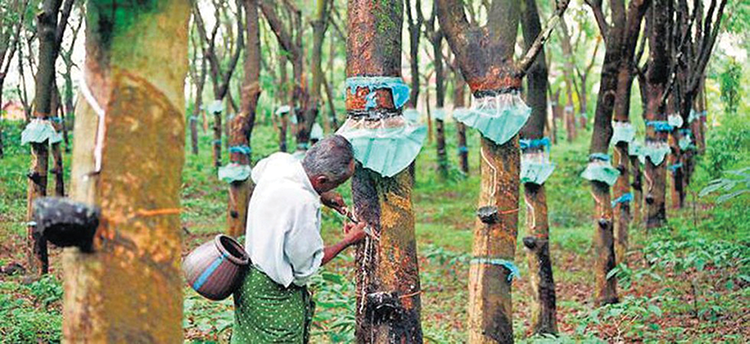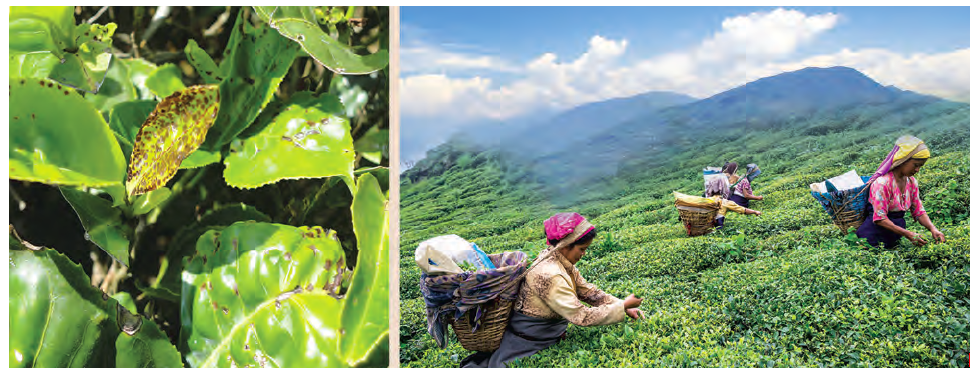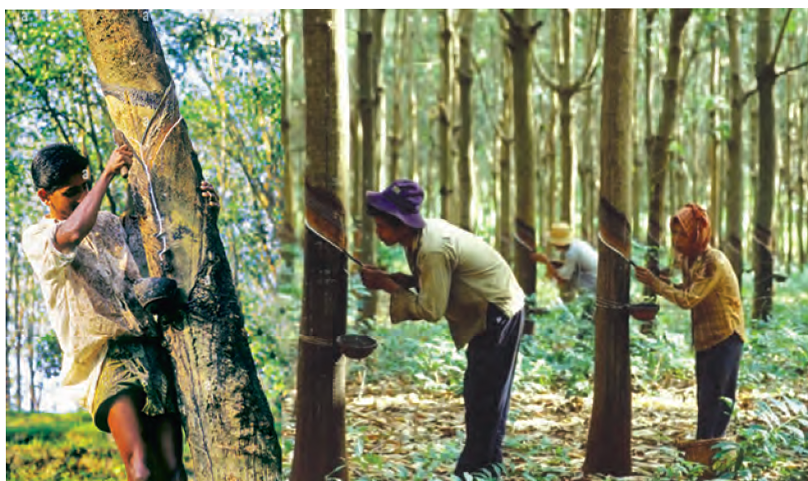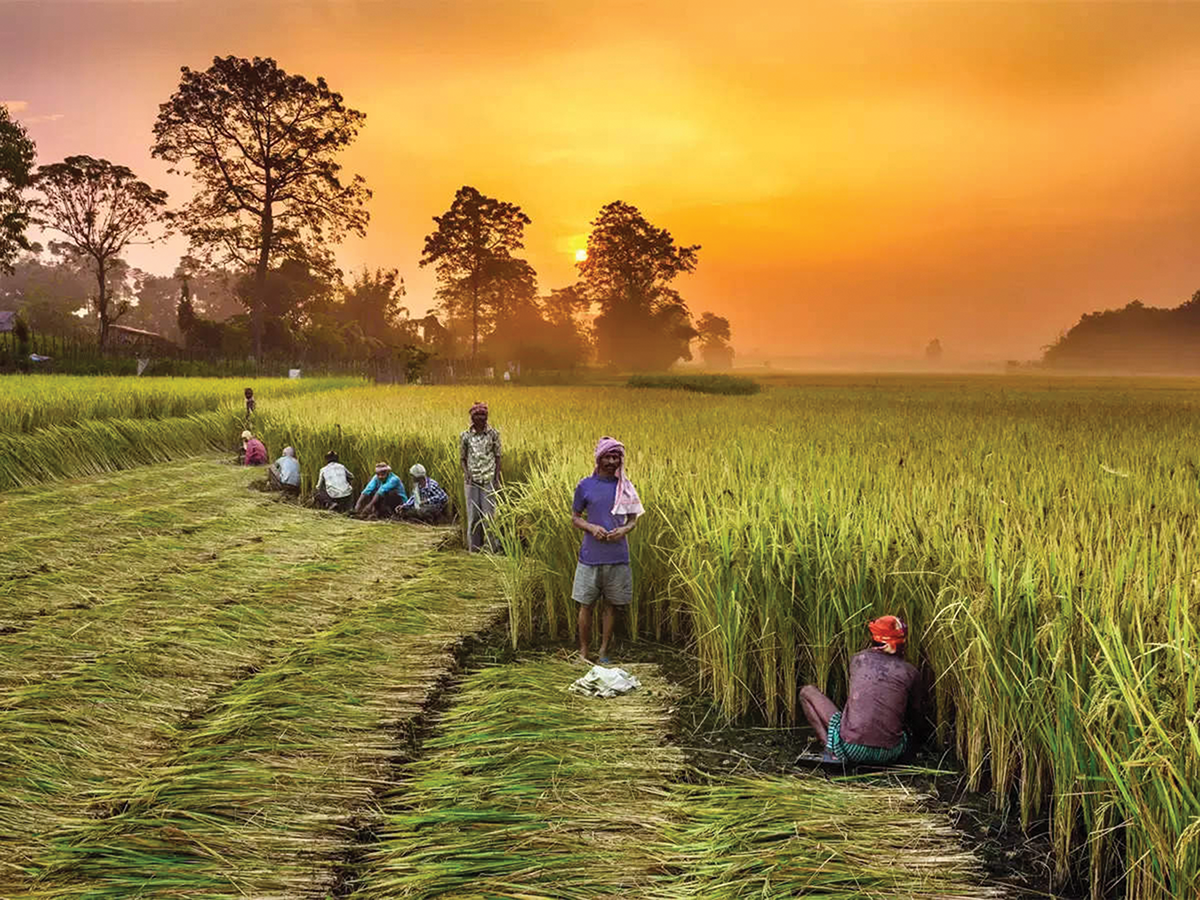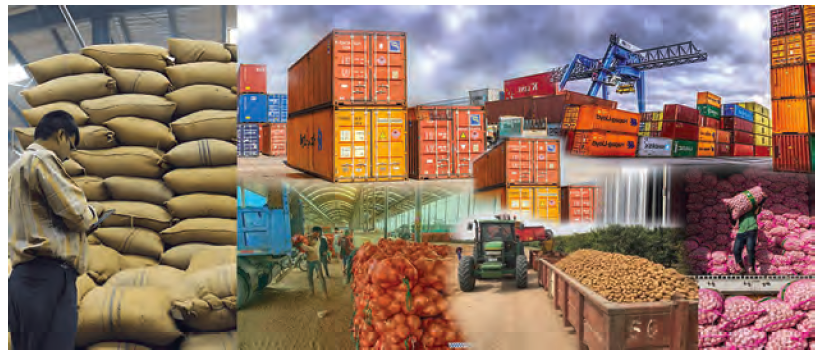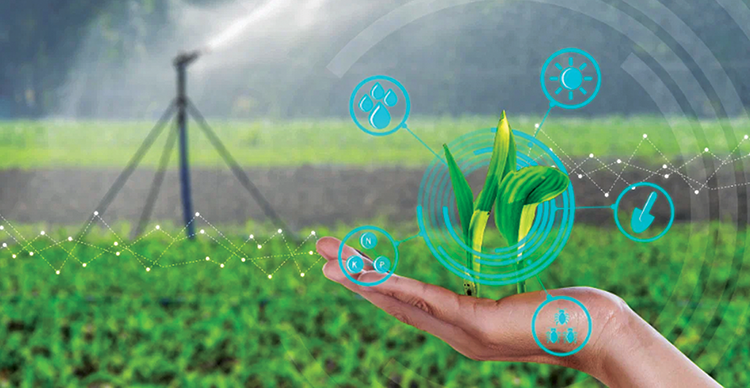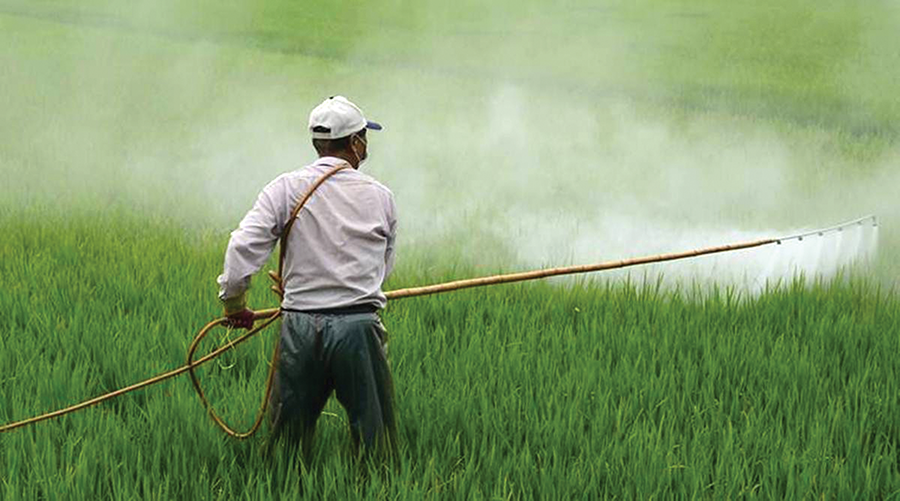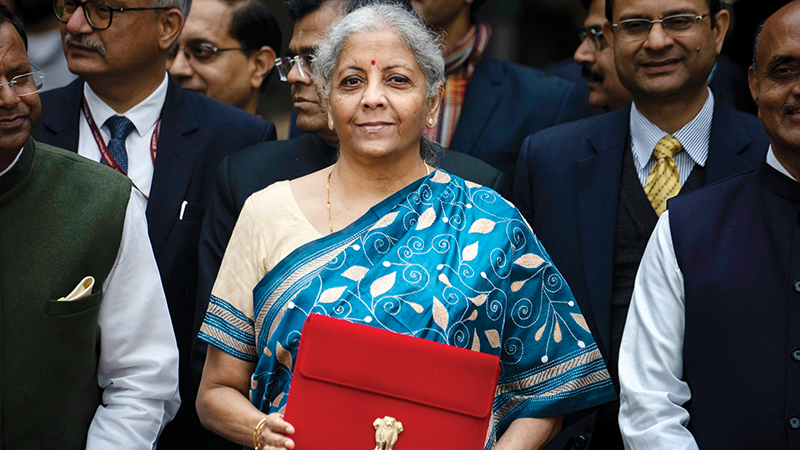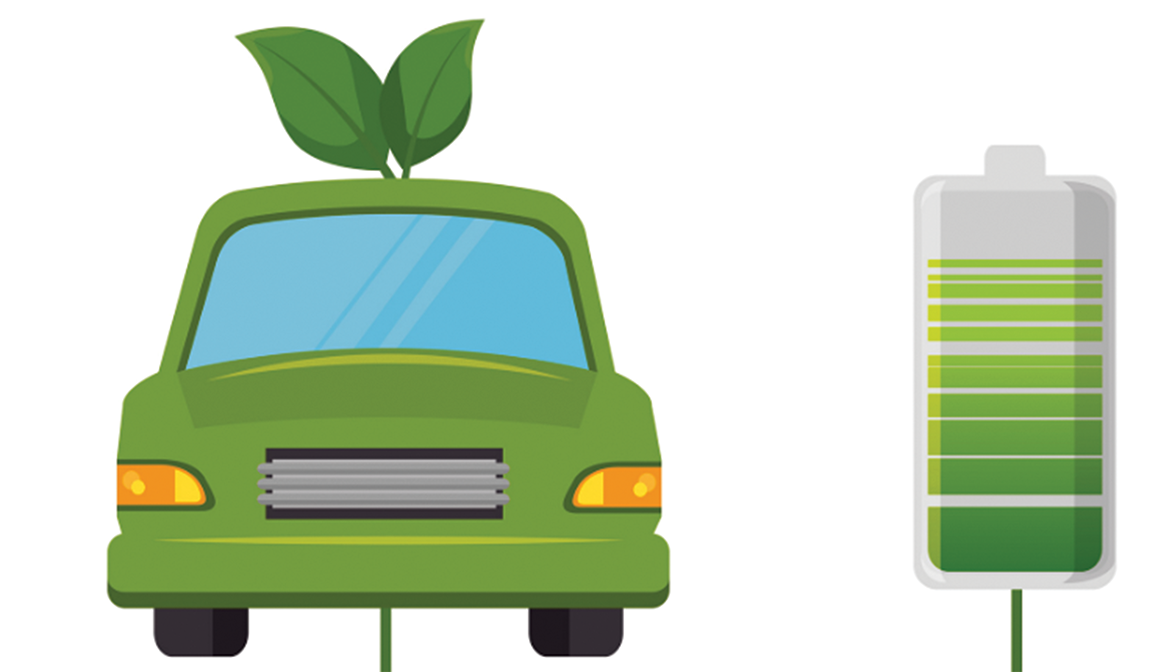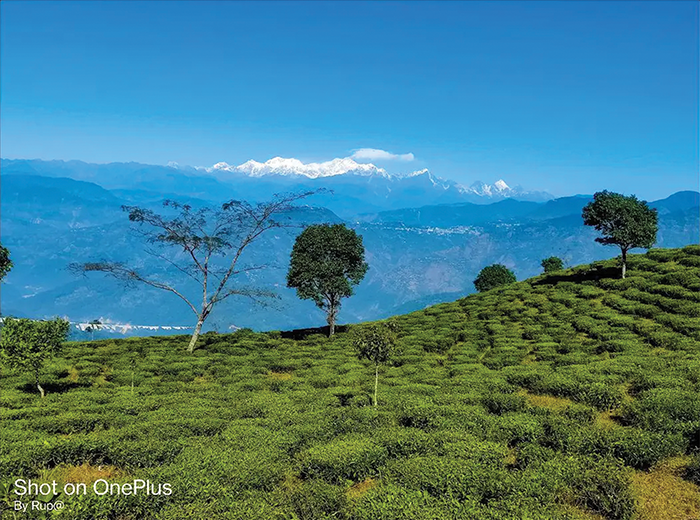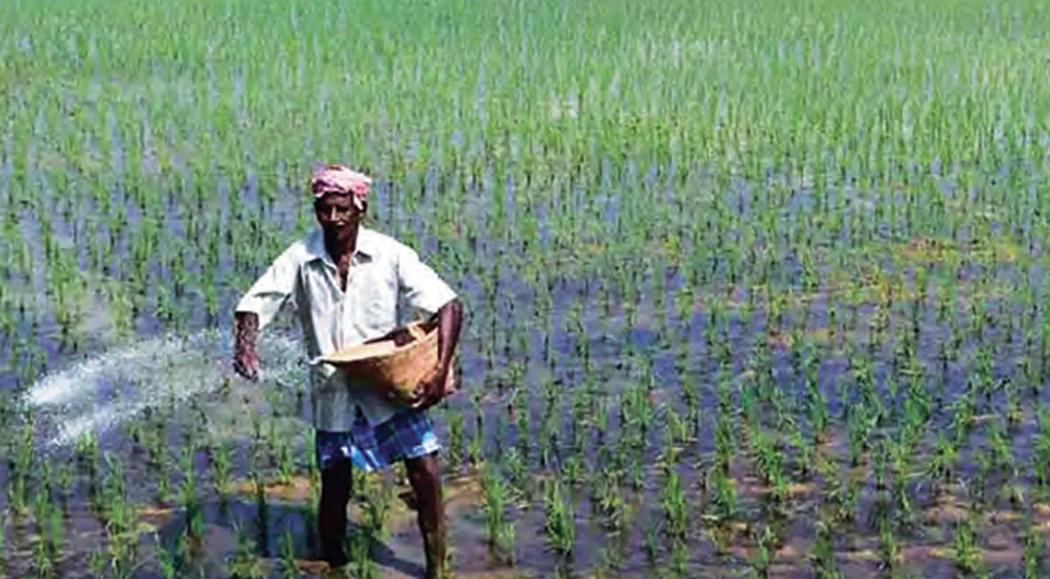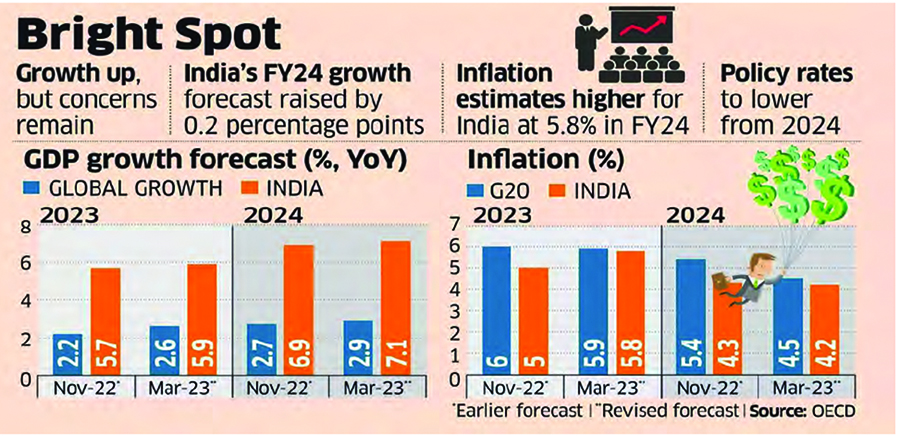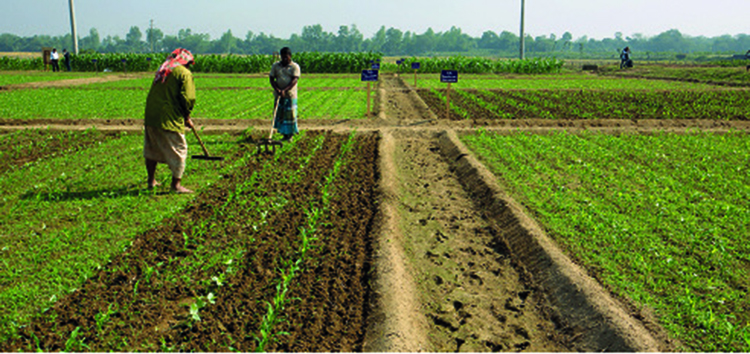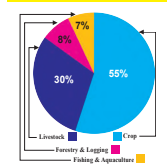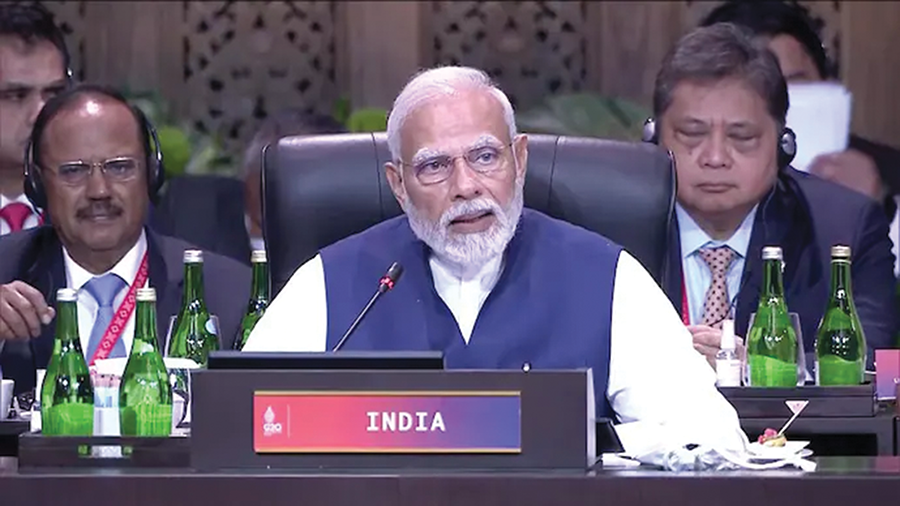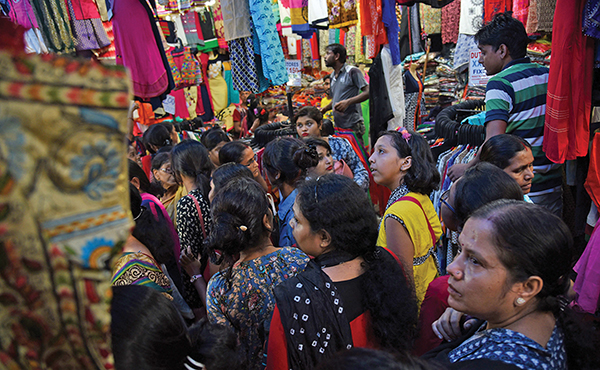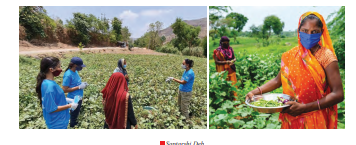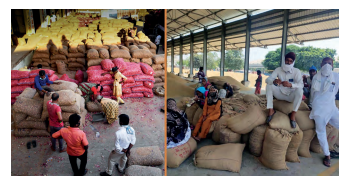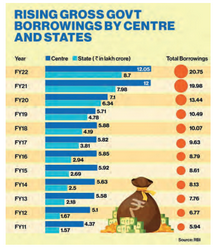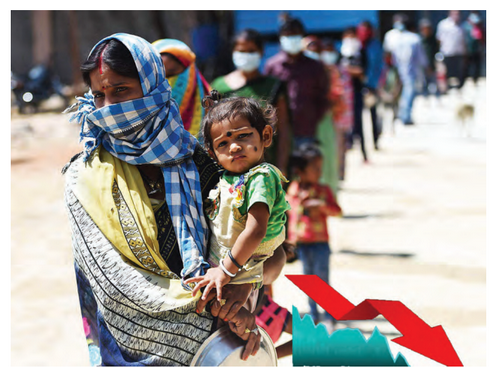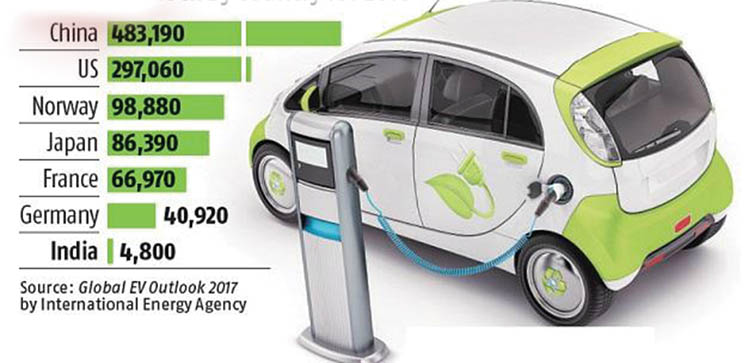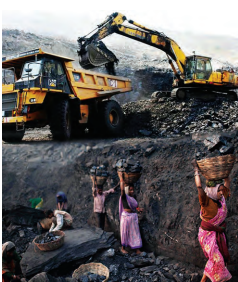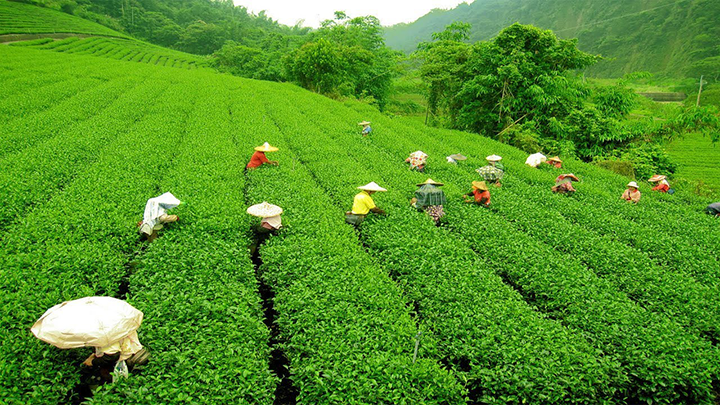
The emergence of plantations in India was a part of the commercialisation strategy adopted by the British planters. Geographical spread and development of plantations in the world was in tune with the expansion of colonialism and imperialism. The growth and spread of plantation in India is no way different from the expansion and development of plantation elsewhere in the world.
The plantation has an interface of agriculture and industry. It is a type of commercial farming where a single crop is grown on a large area. Plantation crops are considered to be the major segment of the horticulture crops and the mainstay of agrarian economies in many states and union territories of India. They contribute a significant amount to the national exchequer and to the country's exports by way of taxes and export earnings.
Major plantation crops in India include tea, coffee, coconut, oil palm, cashew, rubber and cocoa. India is the largest producer and consumer of cashew nut and arecanut. Tea and coffee are the main and oldest industries in the country which provide ample employment opportunities to the people and hold immense potential for export. Above all, plantation crops like coconut and arecanut provides adequate interspaces for intercropping of seasonal crops and thus ensures the food security to a great extent. Nevertheless, in India, plantation crops have been continuously facing the problem of lack of investment and depressed yields, and are in great need of modernisation.
Tea industry facing serious challenges
When we talk of the plantation industry in India, tea is the first name that comes to our mind. The tea industry in India is nearly two centuries old. It occupies an important place and plays a very useful part in the national economy. Owing to certain specific soil and climatic requirements its cultivation of tea is confined to only certain parts of the country.
Tea plantations in India are mainly located in rural hills and backward areas of North-eastern and Southern States. Major tea growing areas of the country are concentrated in Assam, West Bengal, Tamil Nadu and Kerala. The other areas where tea is grown to a small extent are Karnataka, Tripura, Himachal Pradesh, Uttaranchal, Arunachal Pradesh, Manipur, Sikkim, Nagaland, Meghalaya, Mizoram, Bihar and Orissa.
India is the second-largest producer of tea globally accounting for about 21% of global production in 2022. Indian tea is one of the finest in the world owing to its ideal climatic condition. Investment over the years in tea processing units, continuous innovation, augmented product mix and strategic marketing have made Indian tea a preferred beverage across the world. As of 2022, a total of 6.19 lakh hectares of area was cultivated in India for tea production. India is also among the world's top tea-consuming countries, with 80% of the tea produced in the country consumed by the domestic population. In 2022-23, India’s tea production stood at 1,374.97 million kg compared with 1,344.40 million kg in 2021-22.
